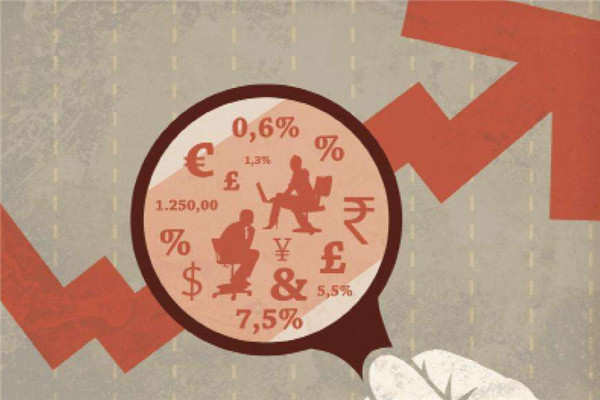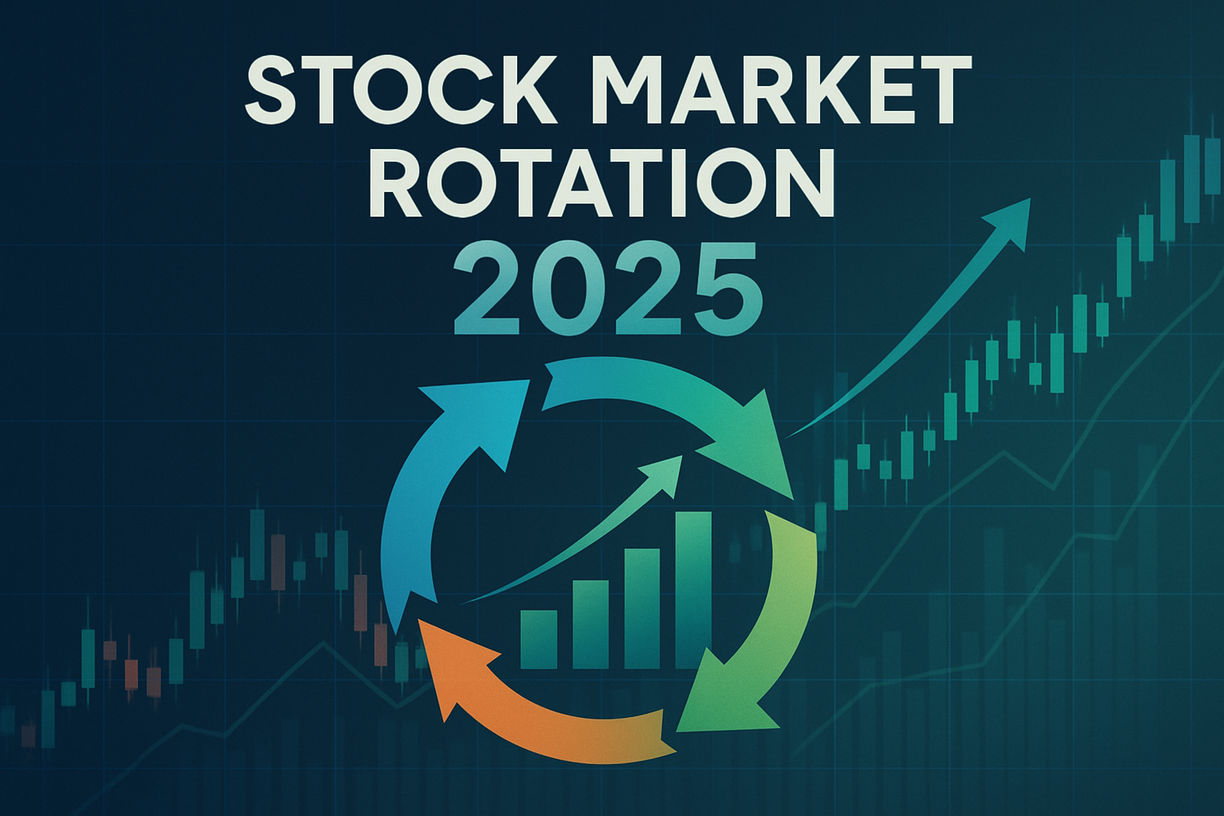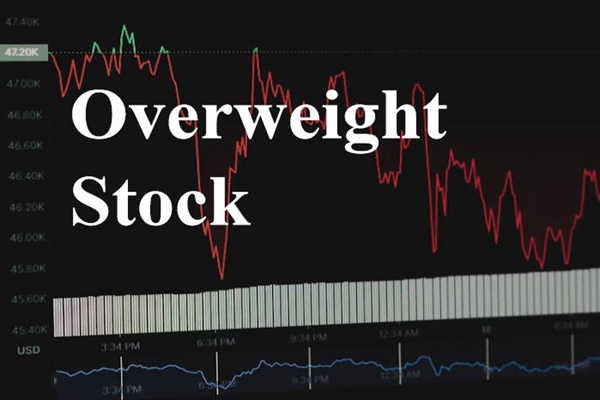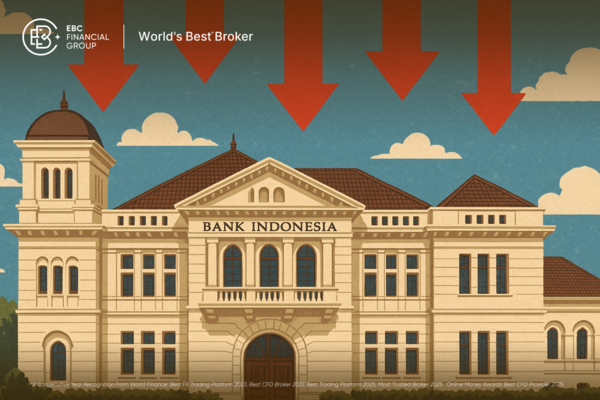Clearance refers to the act of selling all stocks or Securities, completely ending the holding or investment in a certain security. The reason for clearance may be due to investors believing that the market risk is too high or they need funds themselves, or it may be a change in investment strategy. Clearing a position is a very thorough trading behavior, which means that investors no longer hold the security, regardless of its future development, and it is not related to investors.

How to calculate the handling fee for stock clearance?
Stock clearance generally charges commissions, stamp duty, securities management fees, and securities trading handling fees. In addition, if the ownership is transferred, a transfer fee is also required.
1、Stamp duty: 1‰ of the transaction amount, charged unilaterally by the seller.
2. Securities management fee: 0.002% of the transaction amount, collected in both directions.
3. Securities trading handling fee: A share, charged bi-directional at 0.00696% of the transaction amount. B-share, with a transaction amount of 0.0001%, charged in both directions.
4. Transfer fee: refers to the fee required to change the username after the stock transaction, which is only charged by Shanghai Stock.
5. Securities trading commission: The maximum amount shall not exceed 3 ‰ of the transaction amount. The larger the stock funds held at the securities firm, the lower the commission. Starting from a minimum of 5 yuan, a single transaction less than 5 yuan will be charged 5 yuan.
Grasping stocks with continuous limit hikes
In the middle line stock selection technique, if you want to make a medium to long term layout, you need to look at the current market situation. You can refer to the annual line (250 antennas) and half year line (120 antennas) of the market index. If the trend is above the annual line and half year line, it indicates that the current market is not a bear market. In the face of national policies and the overall decline of the stock market, investors should not have a mentality of taking chances to rebound or choose buyers. They should take advantage of the situation and clear their positions and wait and see. If the stock market rises sharply, you need to take advantage of the trend and hold stocks in the medium term.
Midline stock selection should be comprehensively analyzed from six aspects: K-line shape, technical indicators, relative price, company fundamentals, overall market direction, and stock theme. Some stocks with high P/E ratio and prices far higher than intrinsic value should be abandoned.
As for how to catch stocks that have continuously raised their limit? The initial stock price has increased by over 6%; Must be 'generous'; The larger the increase, the stronger and more favorable the trend. Among the key conditions for limit up, it is best to open high by 2 to 3 points and open low by no more than 2 points; During the decline process, it is not allowed to increase the quantity, but there is suspicion of shipment if the quantity is increased; The closing price is close to yesterday's closing price, and it is best not to form a gap.
Analyzing the trading position of a stock
It is reported that the market position includes the trend of the stock on that day. Analyzing the market position size of a stock mainly includes five parts, namely the commission ratio; Five tier trading orders; Opening and closing prices, price fluctuations, lowest and highest prices, volume ratio, internal and external trading volume, and total trading volume; Turnover rate, total outstanding share capital, net assets, returns, and dynamic P/E ratio; Purchase and sale order.
In the stock market, the position of a stock refers to the real-time trading data window during the trading process. In the order data, there are usually five orders: commission ratio, trading order data, stock opening price, stock closing price, stock price rise and fall, stock maximum price, stock minimum price, stock latest price, stock volume ratio, stock internal and external data, stock total trading volume, stock exchange rate, total share capital, stock circulating capital, stock net assets, stock price earnings ratio, expected earnings, stock net inflow A comprehensive data composed of a combination of bulk inflows of stocks and the concept of the sector to which the stock belongs.
【 EBC Platform Risk Reminder and Disclaimer 】: There are risks in the market, and investment needs to be cautious. This article does not constitute investment advice.




















